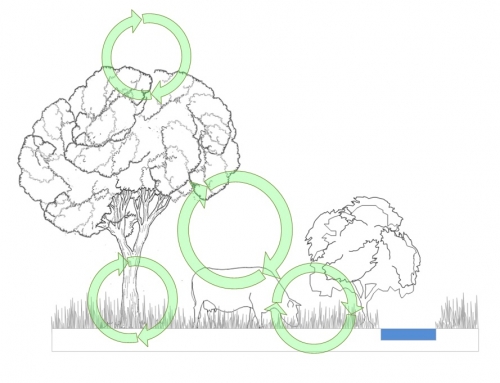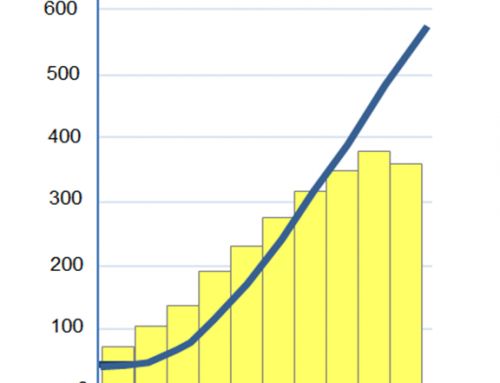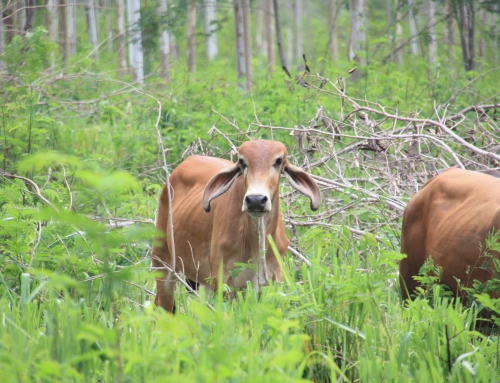Tithonia diversifolia is a species of flowering plant in the Asteraceae family that is commonly known as the tree marigold,[2] Mexican tournesol, Mexican sunflower, Japanese sunflower or Nitobe chrysanthemum. It is native to eastern Mexico and Central America but has a nearly pantropical distribution as an introduced species.[1] Depending on the area they may be either annual or perennial. It has shown great potential in raising the soil fertility in soils depleted in nutrients.[3] Originating in Mexico; research has shown its potential in benefiting poor African farmers.[4] This plant is a weed that grows quickly and has become an option as an affordable alternative to expensive synthetic fertilizers.[5] It has shown to increase plant yields and the soil nutrients of nitrogen (N), phosphorus (P), and potassium (K).[5]
Tithonia diversifolia is 2–3 m (6.6–9.8 ft) in height with upright and sometimes ligneous stalks in the form of woody shrubs. The large, showy flowers are yellow to orange colored and 5–15 cm wide and 10–30 cm long. Leaves are sub-ovate, serrate, acute, 10 to 40 cm long, simply or mostly 3-7 lobed, somewhat glandular, and slightly grayish beneath. The seeds are achenes, 4-angled, and 5mm long. The seeds are spread by wind.[6] The leaves of the plant alternate in sides they grow on, which is where the plant gets the name diversifolia. This is accompanied by flowers which are yellow in colour and range from 6–13 cm in length.[7] It can grow throughout the year and its seeds are spread through way of wind, water, and animals.[8]
A study on the use of this green fertilizer on tomato plants shows that this is a useful method to increase crop yields in order to benefit the farmer’s wealth.[20] However, this is not without a serious look at the labour requirements. A different study found that, with maize, the overall labour demand versus the financial prospects is not worthwhile, especially in areas of unpredictable rainfalls.[16] This same study also found that growing T. diversifolia on farmer land is not as beneficial from an economic standpoint. Instead, it is better to harvest from an off site location and transport to the fields.[21] From this study, fields that received only a P fertilizer yielded an income to the farmer of $50USD/ha. When only T. diversifolia was applied, this income rose to $494USD/ha.[21] The latter results are high, as another study showed an increase of only to $116USD/ha.[22]





Thanks so much for the blog post. Much thanks again. Want more. Jo-Ann Randell Mela